The Bloody History of Australia’s Best Waves
Surfing and genocide collide at some of Oz’s most iconic spots.
January 26 marks the day Captain Arthur Phillip sailed into NSW and began erecting a penal colony that would eventually become Australia. Today, it is known as Australia Day and celebrated with a nationwide public holiday (in 1915 Australia Day was celebrated on July 30th and in 1916 on July 28th).
But it’s a divisive event.
Nearly half the population refuses to acknowledge Australia Day, including national broadcaster, the ABC, who labels it ‘Invasion Day,’ in honour of the tens of thousands of Indigenous deaths that followed the arrival of the British.
Two years ago, Stab investigated a community dispute near an well known surf break in which members of the local indigenous community were determined to officially acknowledge an undocumented massacre site in which up to 200 local First Nations people were marched off a cliff in chains.
What we found out over the course of our investigation shed new light on the battle between First Nations people and British Settlers during colonisation, which we believe casts the Australia Day/Invasion Day/Change the Date debate in its appropriate context.
Today, we’re re-running the piece as essential Australia Day reading.
(All photos SA Rips unless noted)
The town of Elliston in Australia’s deep south is known in surfing circles for two things. The first is Blackfellas, the bone-crunching rock-slab regarded as one of the great tests of courage for a surfer in this country.
The second being where 17-year-old surfer Jevan Wright was eaten whole by a monster Great White in 2000, (it was the second fatality in two days in the region and lead, by some estimates, to a third of the local surfing population quitting).
Soon, there will be a third. The Wirangu People, a local Indigenous tribe, want Elliston to be recognised as one of Australia’s myriad undocumented sites of the massacre of Aboriginal people. Following a series of murders of both aboriginals and white settlers in 1849, local police and farmers captured between 20 and 200 Wirangu people and marched them off the cliff at Waterloo Bay.
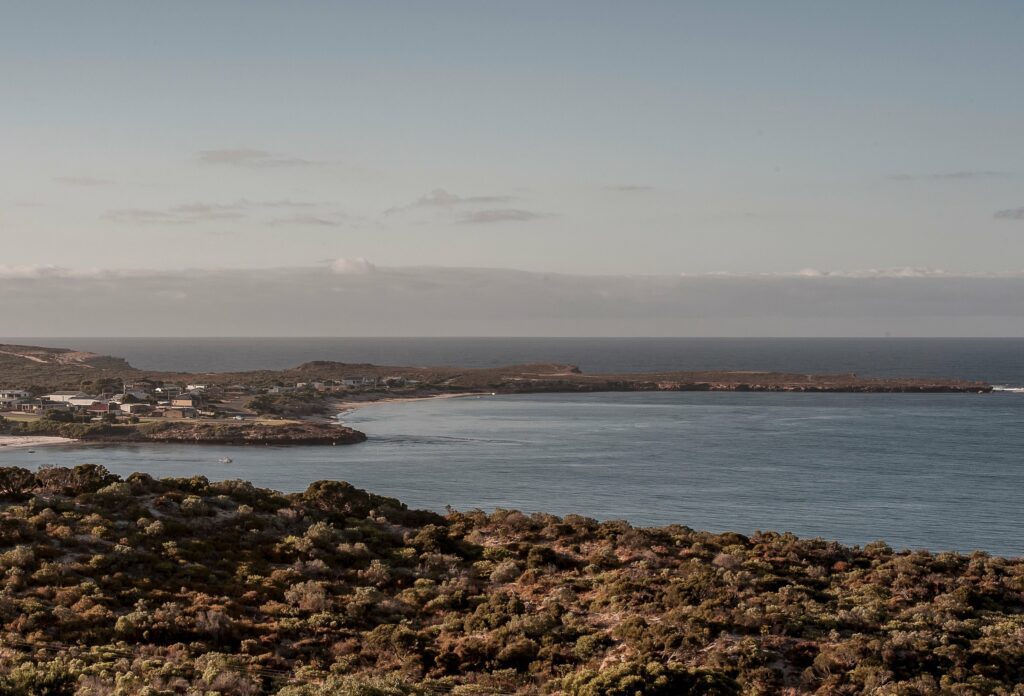
The Wirangu people want the massacre recognised with a special monument at the site with the word “massacre” inscribed on it, but certain sections of the Elliston community are objecting.
“The previous councils have denied whether (the massacre) ever even happened… As much as white history doesn’t say it happened…it definitely happened,” Wirangu elder, Jack Johncock, tells Stab. “Ninety-nine percent of people are in favour of the monuments. It’s the word “massacre” (which the Wirangu want written on the monument) that is causing the conflict. But mate, it wasn’t a picnic you know.”
It’s not just Ellison. You will find stories of undocumented massacres at surf towns all over Australia. Many of the best stretches of surfable coast are created by rivers and creeks, which mould reefs, divvy up sand banks, and groom point breaks. The fertile land around these creeks and rivers has always made for some of the most desirable livable conditions on this arid continent of ours; European settlers recognised this and killed nearly every Aboriginal in sight to secure their claims.
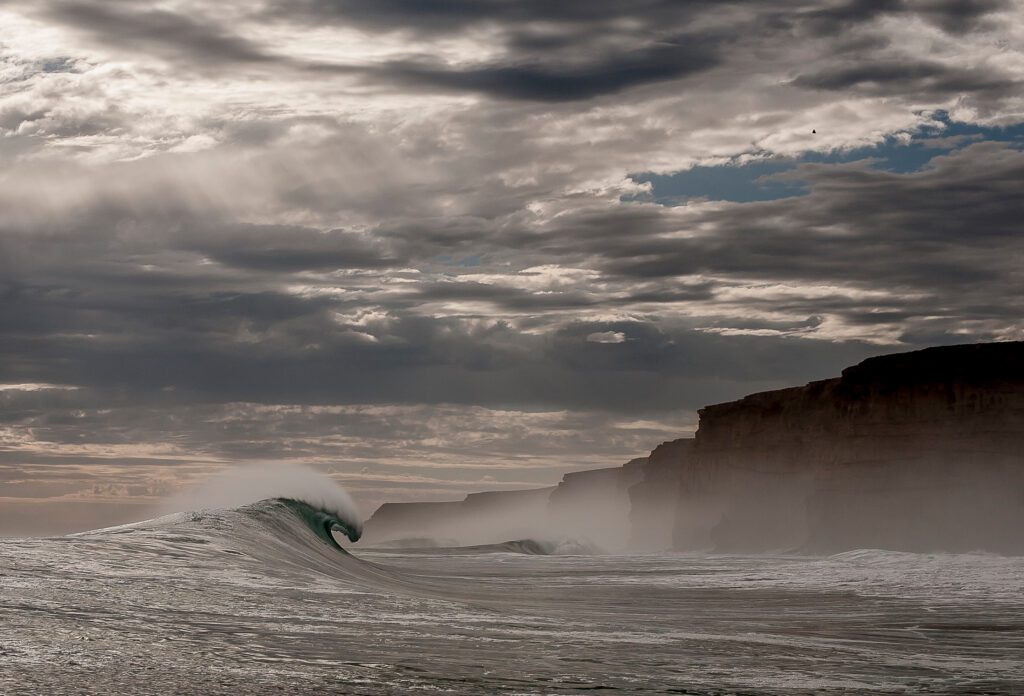
At the famed right-hand point break of Lennox Head, immortalised by George Greenough and later Mick Fanning in Fanning the Fire, Aboriginals were gathered up at gunpoint and marched off the cliff head that gives the wave its name. Along the Clarence River, which feeds surf breaks such as Angourie, Spookies, and Iluka, near Yamba, hundreds of men, women and children were slaughtered on the banks. On the Richmond River, which feeds the dreamy beach breaks of Evans Head, Brunswick Heads, and Byron Bay, a hundred or so were slaughtered in what became known as the Richmond River Horror (or ‘Evans Head Massacre’) — retaliation for stolen sheep and the deaths of five white settlers.
“You can probably go from Tasmania to Fraser Island (on the east coast) and every single area has massacres. In Ballina and Byron, there was basically genocide. They killed everyone,” says Mick Smith, CEO of the Jali Aboriginal Land Council in Ballina.
Between first contact in 1788, until as recently as 1934, Aboriginals were slaughtered to the tune of 90% of their population — from between 700,000 and one million Indigenous people, down to 93,000 by 1901. (The Aboriginal population is now listed as 669 900, or 2.7% of Australia).
The majority of deaths were not incurred on the battlefield, but during night-time raids where men, women and children were slaughtered.
“They used to bury the women and the children up to their neck in sand and kick their heads off… Newborn babies buried up to their necks in sand and they’d go along kicking their heads off,” says an Indigenous “knowledge holder” and massacre investigator from the the Bundjalung nation in the Northern Rivers of NSW, which includes such world class waves as Lennox Head, Byron Bay, and Yamba (Angourie).
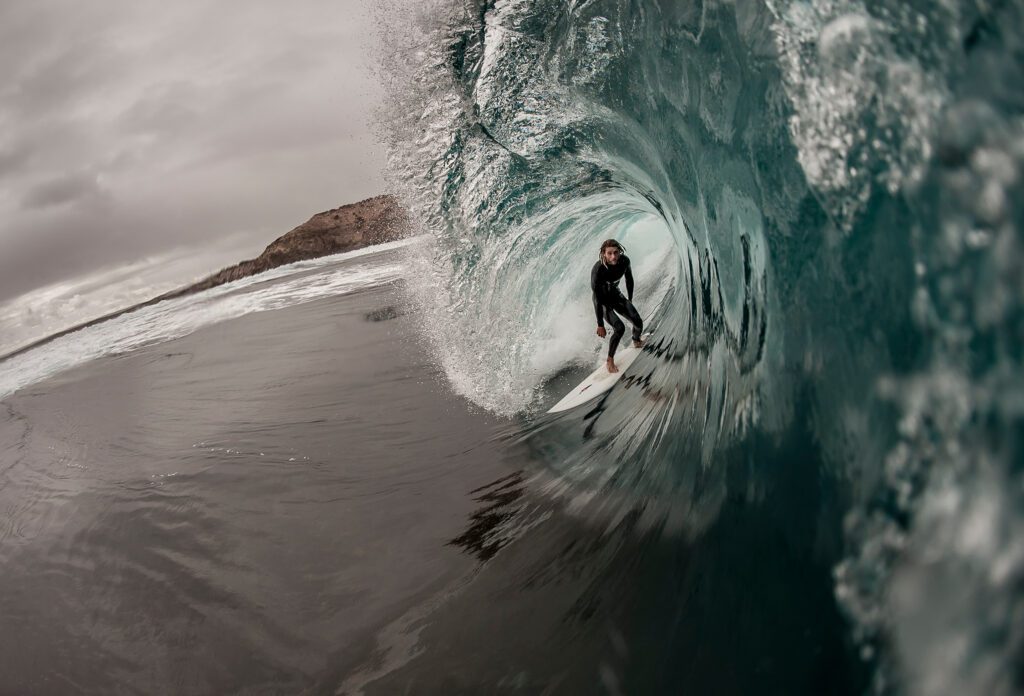
It’s the same story along Australia’s southern and western coastlines.
“Albany, Hopetoun, Ravinsthorpe, Margaret River, Busselton, Colley, Pintjarra, Bull Creek, Fremantle, Lake Monger, Moore River, Jin Jin,” begins Gail Beck, a Yued woman with “2,000 generations of connection to country,” as she rattles off the various massacre sites in the country’s west. Gail works as the regional development manager for the South West Aboriginal Land and City Council and has spent years investigating and uncovering the many undocumented massacre sites in her region.
“[Western Australia] being the most isolated and last frontier to be ‘discovered’ they ran amok on the people and they came prepared for death and destruction, for the land grab,” she says.
According to the beliefs of her people, and that of many other Indigenous tribes around the country (there are 500 Indigenous clan groups or ‘nations’ across Australia), it is forbidden to return to areas where massacre and murder has occurred.
“You pick it up as an Aboriginal person, you know it’s not a good place. A lot of groups, family groups were gradually wiped out,” she says, adding of being forcibly removed from their land, “You have a broken heart, you are on the outskirts of town, you are alienated from your country and the government created laws to make that so – we were put on ‘missions’ or ‘reserves’ that were six miles out of town.”
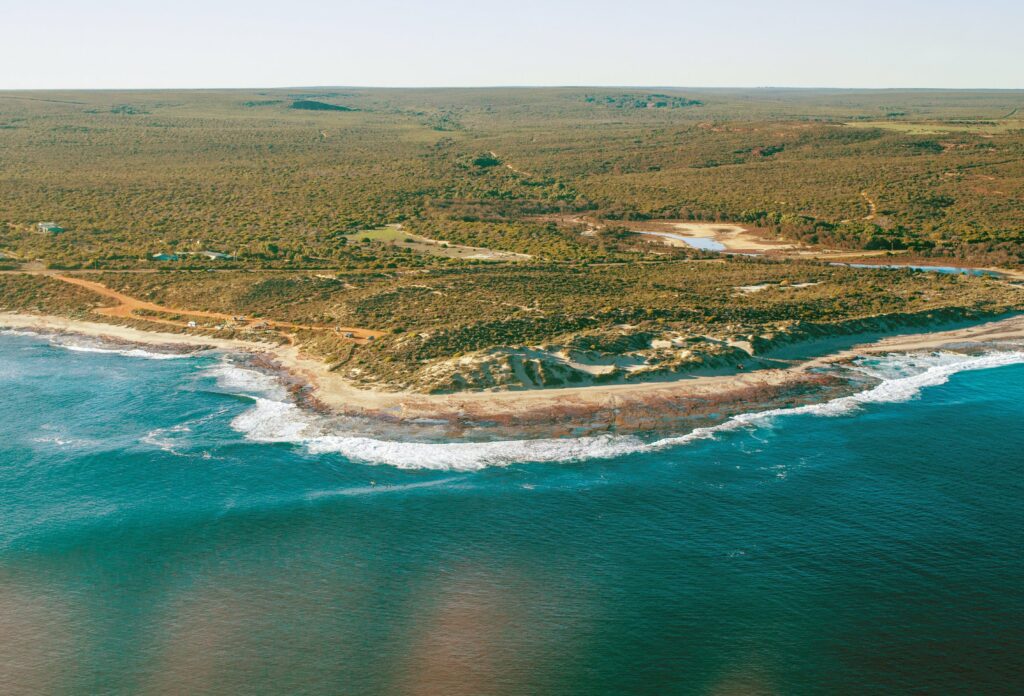
The incredible oasis that is the Murchison River, feeding the sublime reefbreaks of Kalbarri, is another site of a large scale massacre. Just south, near the surf break at Oakabella, Geraldton, there was a massacre at Black Mountain; the names of landmarks are often barely concealed clues to our recent genocidal history — headlands such as Black Head in Ballina and Red Rock near Coffs Harbour — home to the local Gumbaynggirr clan, Billabong pro surfer, Otis Carey’s people — are both undocumented massacre sites. As are Suicide Bay – where Aboriginals were again marched off a cliff – Cape Grim and Victory Hill in Tasmania.
In South Ballina, where the Richmond River feeds the pumping beach breaks of South and North Wall, local Arakwal aborigines were fed poisoned flour by settlers, killing an estimated 150.
In East Ballina, near what is today Shelley Beach, Queensland police snuck up on between 100 and 200 aboriginals in the dead of night, shooting between 30 and 40 dead while they slept.
“Women threw themselves off Black Head (at the northern end of Shelly Beach) with children so they did not get caught by the troopers,” recalls Bundjalung Elder Uncle Lewis Cook whose grandfather was a survivor of the massacre, escaping north to Queensland.
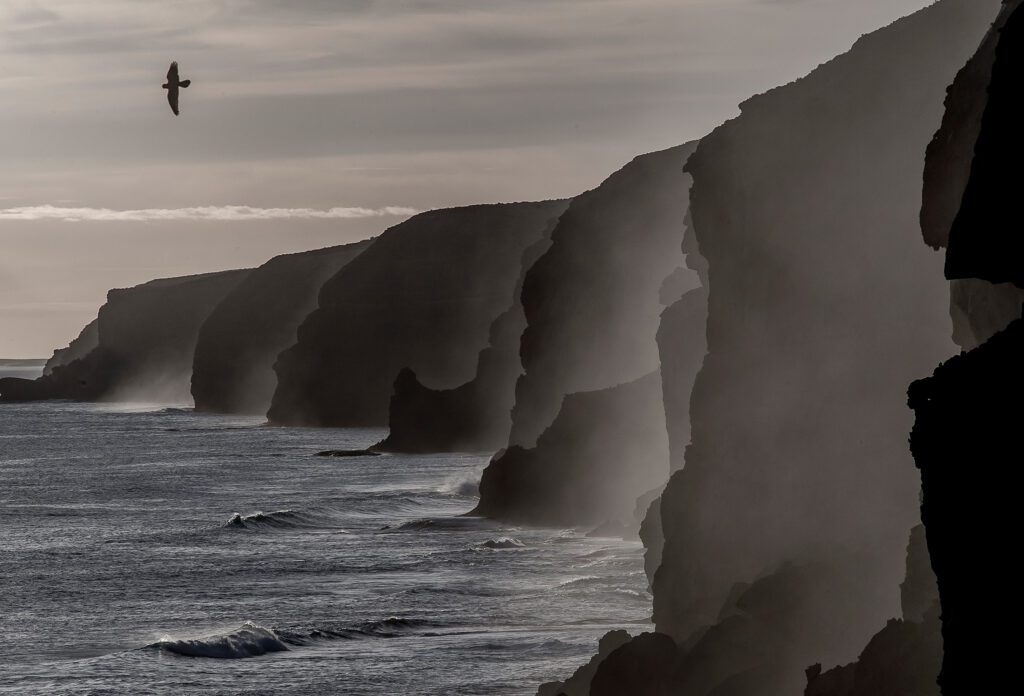
Few of the massacre sites around Australia have been given memorials or recognised by government. This history is not taught in schools. The almost 97% of non-Aboriginal and Torres Strait Islanders that occupy this country remain oblivious.
“This is the thing that Australia doesn’t want to understand. Every single Australian is living on genocide. Very similar to Europe with the Jews. They picked on one race of people,” says Mick Smith of the Jali Aboriginal Land Council.
Earlier this year, a map was released by an Australian university documenting for the first time ever the sites of over 150 massacres across east and west Australia. It received national acclaim and widespread media attention, yet critics say the project is woefully inadequate and incomplete.
“That study is shit. That only captures a couple of them,” says Smith.
“Most of the massacre sites aren’t even documented. I know a whole heap that aren’t documented,” adds the “knowledge holder” and investigator of massacre sites.
Statistically, Aboriginal and Torres Strait Islander suffer from the lowest life expectancy of any indigenous people in the world; an infant mortality rate more than twice that of non-Indigenous children; a death rate five times that of non-Indigenous Australians; and an incarceration rate among juveniles 24 times that of non-indigenous Australians.
That is without mentioning the inter-generational trauma suffered during the Stolen Generation, in which Aboriginal children were stolen from their parents and placed in white Christian boarding schools.
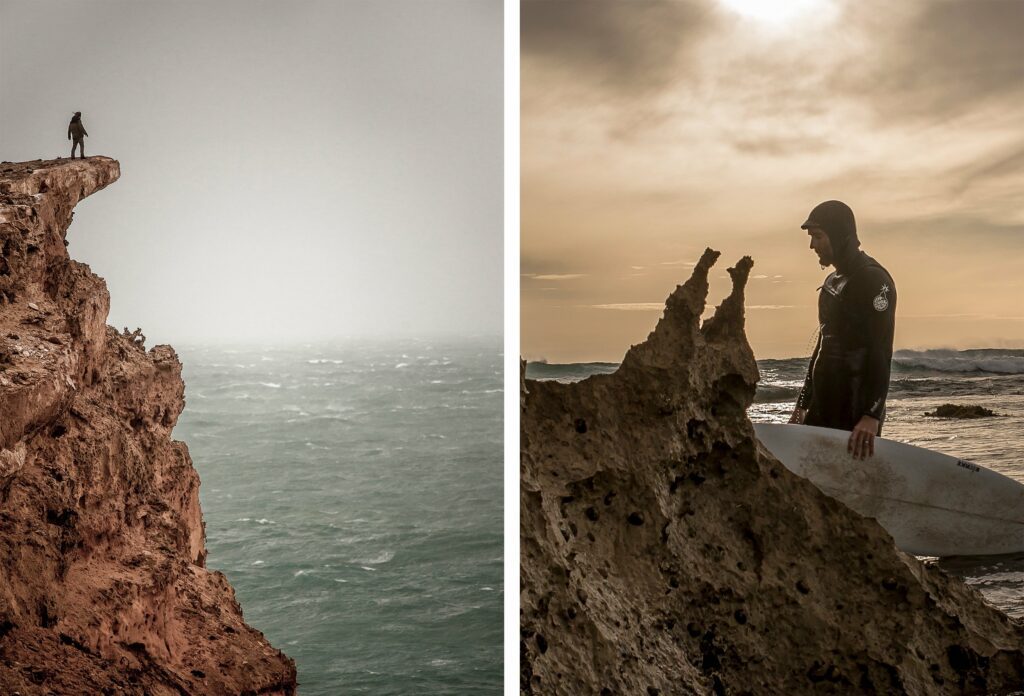
The ten percent of Aboriginals that did survive the genocide were displaced from their land, cut off from the coast and their hunting grounds, and herded onto “missions” and reserves, usually located outside of town, where many still live in abject poverty today. Places like Yalata, a half-day’s drive into the middle of nowhere from Elliston, in South Australia. I visited the camp on my way across the Nullabor and found packs of stray hunting dogs patrolling dusty, trash-strewn streets; a place where locals lived in barely habitable shelters, built for them by the government in a forced exchange for their land. There were no work or educational opportunities; the town lacked basic infrastructure; obesity and diabetes were rife; and most locals still spoke their native dialect. They were living worse than anything I’d encountered in such famously impoverished nations as Indonesia, South Africa, and Laos – yet all in a First World country that exports tens of billions of dollars worth of coal, iron ore, and gas resources per year.
Meanwhile, white Australia continues to heap scorn on the indigenous population, particularly in South Australia, where racist controversies have erupted twice this year in the high-profile Australian Football League (AFL), after supporters of a rival team threw a banana and hurled taunts at Adelaide Crows Aboriginal football star, Eddie Betts. Betts, as it happens, is a descendent of the Wirangu people who were marched off the cliff near Elliston. His grandmother, Veda, is one of the leading voices calling for public acknowledgement of the massacre.
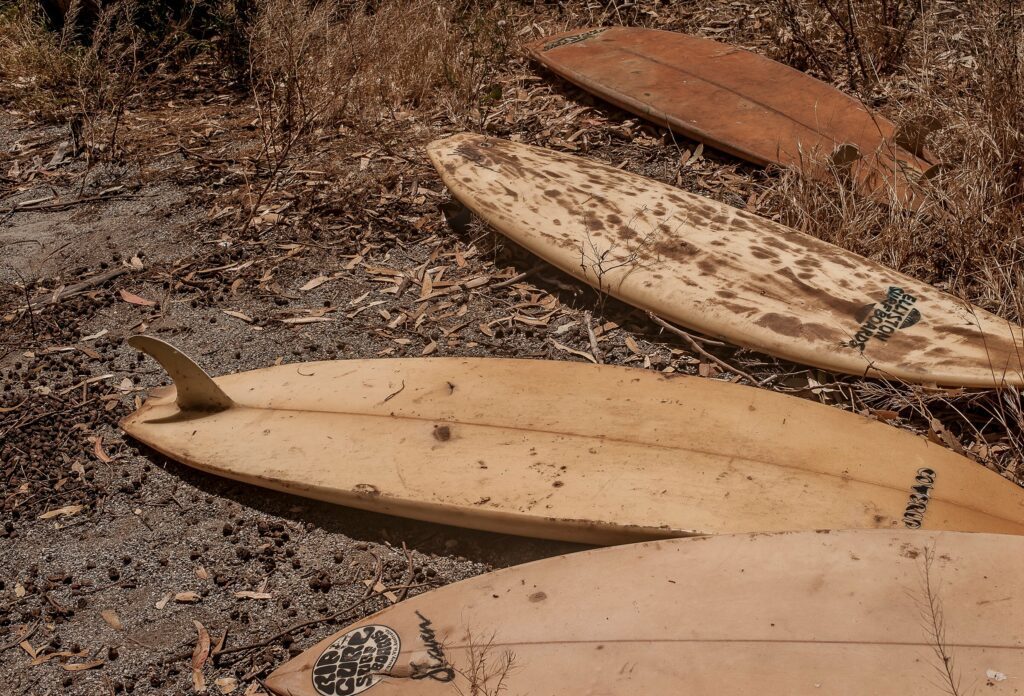
“Our community has seen this come and go without any true acknowledgement, but now we come here together not just as one people, but as one community to hopefully acknowledge the past as what it was, as a massacre of our people, of human beings who had lived, survived here for thousands of years, and who are still here,” she said.
History, as we know, is written by the victors, and, given the shocking, cowardly nature of the massacres it is unsurprising many in Australia don’t want it recognised.
“If there’s a pioneer that was speared there’s always a plaque or something at the site where it happened. There’s monuments recognising settlers that have been killed all across the west coast and around the country,” says Wirangu elder, Jack Johncock. “So here we are, and you have a few people that are opposed to the word “massacre” (on the memorial). There’s no other word to describe it: it was a massacre.”.
One group that does support recognition of the Waterloo Bay massacre is the Elliston surf community.
“That word (massacre) is what the Wirangu tribe want, that is what happened. There tribe was murdered, wiped out,” says Richo, a well-known local surf photographer and the owner of Elliston caravan park. “The Wirangu mob have tried since 1970 to have a memorial up there. Certain people with strong opinions are denying their voice. Ninety percent of us here in Elliston believe it should be their choice of words because it’s their past, and it’s their future.”


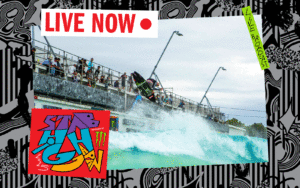
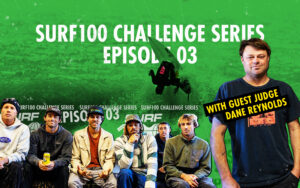









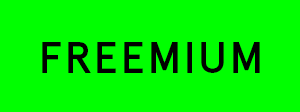
Comments
Comments are a Stab Premium feature. Gotta join to talk shop.
Already a member? Sign In
Want to join? Sign Up